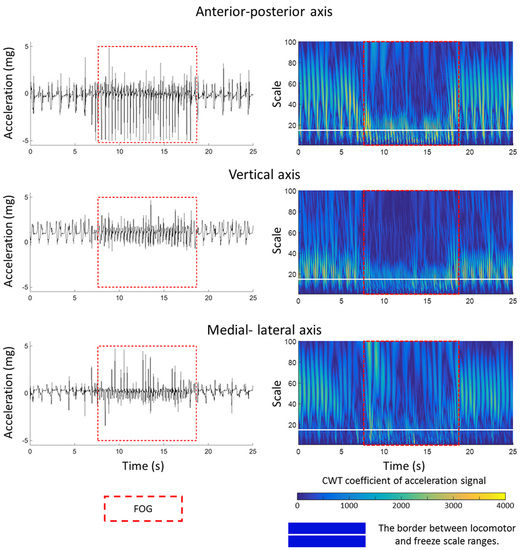Towards Real-Time Detection of Freezing of Gait Using Wavelet Transform on Wireless Accelerometer Data
Abstract
Share and Cite
Rezvanian, S.; Lockhart, T.E. Towards Real-Time Detection of Freezing of Gait Using Wavelet Transform on Wireless Accelerometer Data. Sensors 2016, 16, 475. https://doi.org/10.3390/s16040475
Rezvanian S, Lockhart TE. Towards Real-Time Detection of Freezing of Gait Using Wavelet Transform on Wireless Accelerometer Data. Sensors. 2016; 16(4):475. https://doi.org/10.3390/s16040475
Chicago/Turabian StyleRezvanian, Saba, and Thurmon E. Lockhart. 2016. "Towards Real-Time Detection of Freezing of Gait Using Wavelet Transform on Wireless Accelerometer Data" Sensors 16, no. 4: 475. https://doi.org/10.3390/s16040475
APA StyleRezvanian, S., & Lockhart, T. E. (2016). Towards Real-Time Detection of Freezing of Gait Using Wavelet Transform on Wireless Accelerometer Data. Sensors, 16(4), 475. https://doi.org/10.3390/s16040475







